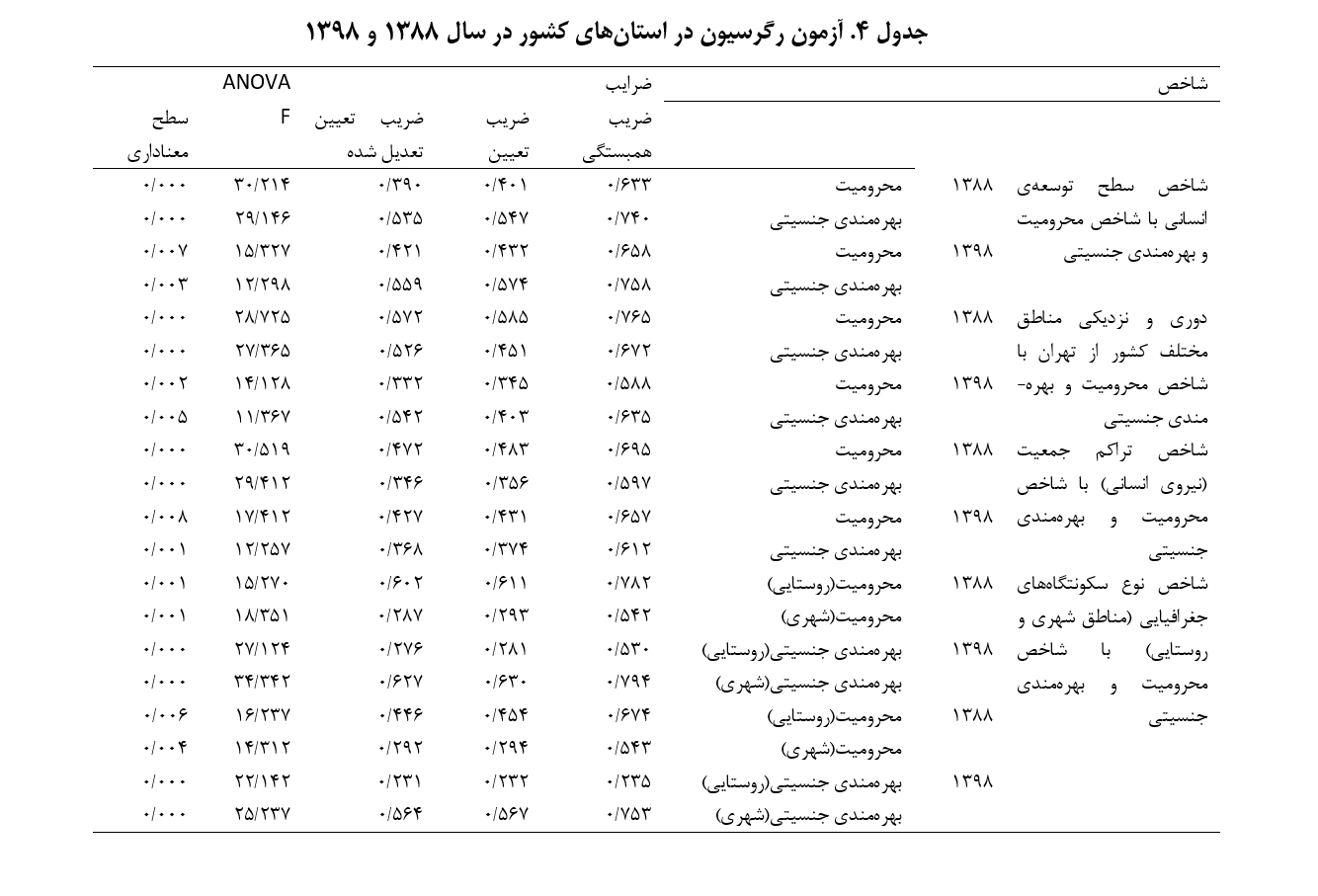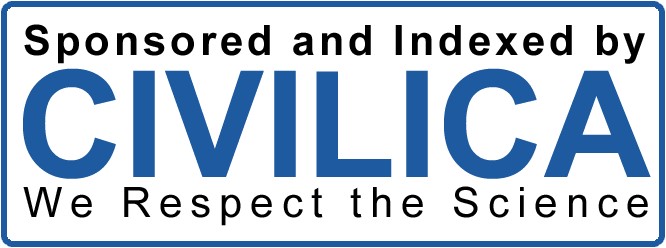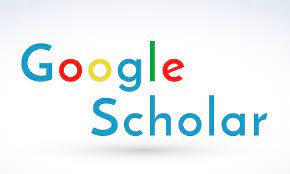بررسی سطح توسعه یافتگی با درجه ی محرومیت و بهره مندی جنسیتی (در استانهای ایران در مقاطع زمانی 1385 و 1398)
کلمات کلیدی:
سطح توسعه انسانی, جغرافیایی, درجه محرومیت, بهره مندی جنسیتیچکیده
مفهوم توسعه ی انسانی علاوه بر توجه به جنبه ی کمی رشد، تأکید بیشتری به جنبه های کیفی دارد. درون مایه اصلی این مفهوم آن است که توسعه باید چیزی بسیار بیشتر از افزایش درآمد و ثروت باشد. در مفهوم توسعه انسانی مشارکت زنان در حیات اقتصادی، اجتماعی و سیاسی و از بین بردن نابرابری های جنسیتی حائز اهمیت است. بر همین اساس هدف این مقاله تحلیل رابطه سطح توسعه انسانی و جغرافیایی با درجه محرومیت و بهره مندی در شاخص جنسیتی است. روش پژوهش از روش اسنادی- آماری است. منابع اطلاعات از نتایج سرشماریهای سال 1385 و سرشماری 1395 جمع آوری شده است. جامعه آماری این پژوهش کل استان های کشور مبتنی بر نتایج سرشماری 1385و 1395، و بصورت تمام شماری انجام شده است. تجزیه تحلیل دادهها با استفاده از نرم افزار spss نسخه 19 و نرم افزارEViews انجام شده است. یافته های تحلیل نشان می دهد که شاخص های تشکیل دهنده سطوح توسعه یافتگی استانهای ایران (سطح توسعه ی انسانی، دوری و نزدیکی مناطق مختلف کشور از تهران، تراکم جمعیت (نیروی انسانی)، نوع سکونتگاه های جغرافیایی (مناطق شهری و روستایی) رابطه مثبت و معنی داری با درجه ی محرومیت و بهره مندی جنسیتی داشته است. همچنین شاخص های تشکیل دهنده سطوح توسعه یافتگی استان های ایران میتوانند واریانس مربوط به درجه ی محرومیت و بهره مندی جنسیتی را تبیین کنند.
دانلودها
مراجع
Shaditalab Z, Vahabi M, Varamziar H. Income poverty is only one aspect of poverty among female heads of
households. Scientific-Research Quarterly of Social Welfare. 2019;4(17).
Braunstein E, Heintz J. Gender bias and central bank policy: employment and inflation reduction. International Review
of Applied Economics. 2017;22(2):173-86. doi: 10.1080/02692170801889643.
Afshari Z, Sheibani E. Gender inequality and economic development in Iran. Economic Research Journal. 2017(62).
Eastin J, Prakash A. Economic development and gender equality: Is there a gender Kuznets curve. World Politics.
;65(1):156-86. doi: 10.1017/S0043887112000275.
Javaheri F. Report on the Social Status of Women in Iran: Nei Publishing; 2019.
Mahmoudi V, Samimi Far SG. Capability Poverty. Quarterly of Social Welfare. 2019;4(17).
Safari Shali R. Discourse analysis of gender justice in the bills and development programs of the Islamic Republic of
Iran. Sociological Studies. 2018;22(2).
Martic M, Savic G. An application of DEA for comparative analysis and ranking of regions in Serbia with regards to
social-economic development. European Journal of Operational Research. 2018;132:343-56. doi: 10.1016/S0377-
(00)00156-9.
Purohit BC. Health and human development at sub-state level in India. The Journal of Socio-Economics.
;37:2248-60. doi: 10.1016/j.socec.2007.12.002.

دانلود
چاپ شده
ارسال
بازنگری
پذیرش
شماره
نوع مقاله
مجوز
حق نشر 2024 نشریه پژوهش و نوآوری در تربیت و توسعه

این پروژه تحت مجوز بین المللی Creative Commons Attribution-NonCommercial 4.0 می باشد.










